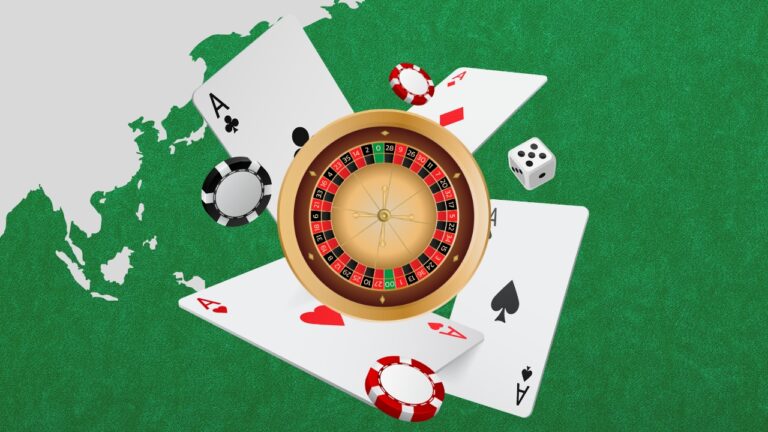Many people consume caffeine on a day-to-day basis through coffee, tea, energy drinks, and sodas. Caffeine is a safe component when consumed at low to moderate amounts of 50mg-300mg, positively affecting mood, physical and cognitive performance, and energy levels. It has also been shown to improve memory, assist in weight loss, and even reduce the risk of developing Alzheimer’s and Parkinson’s.
However, frequent and excessive caffeine consumption, particularly at doses surpassing 400mg, can harm your health adversely. Some most common negative health effects of caffeine include:
1. Anxiety
Caffeine increases alertness by stopping the effects of adenosine, a brain chemical that causes fatigue, while simultaneously stimulating adrenaline’s release, a hormone associated with increased energy levels in the body. However, when you consume it excessively, the previously mentioned effects become more pronounced, leading to nervousness, jitteriness, rapid breathing, increased heart rate, and high blood pressure. These effects can worsen anxiety symptoms and can even trigger severe anxiety attacks.
While such effects are reported in individuals who consume 1000 mg of caffeine daily, caffeine-sensitive individuals can suffer from them even at lower doses. If you suffer from Generalized Anxiety Disorder (GAD), it’s essential that you closely monitor your caffeine intake to prevent your anxiety from worsening.
2. Digestive Issues
Caffeine can act like a laxative by stimulating bowel movements. It increases peristalsis, the rhythmic contractions that move food through your gastrointestinal tract. When you consume a hefty dose of caffeine, bowel movements get overstimulated, causing loose stools or even diarrhea in some people.
Large doses of caffeine can also cause heartburn and GERD (Gastrointestinal Reflux Disease). Gastrointestinal reflux happens when your stomach’s acidic contents move up the esophagus, potentially causing injury to it or the respiratory tract. If you regularly consume high doses of caffeine, this condition can persist and develop into a disease.
Caffeine can also induce acid reflux by relaxing the esophageal sphincter, a muscle situated at the junction of the esophagus and stomach that typically prevents reflux. Reflux can cause heartburn, a burning feeling in your chest caused by acid moving upwards.
As the compound is acidic in nature, it can cause heartburn by increasing the amount of acidic gastric secretions produced by the stomach. Other examples of acidic foods are chili peppers, citrus fruits, and onions.
3. Frequent Urination and Dehydration
Excessive caffeine consumption can cause dehydration. Caffeine is a diuretic, and it inhibits the pituitary gland’s production of ADH (antidiuretic hormone). ADH typically causes water absorption by the kidneys, preventing excessive water loss by the kidneys. In its absence, water loss occurs, and the kidneys produce a large volume of urine, causing dehydration and frequent urination. And as caffeine can also cause diarrhea, it can also induce dehydration due to excessive water loss in feces.
Another way caffeine causes frequent urination is by directly stimulating the bladder’s smooth muscles. It causes involuntary contraction, causing the urge to urinate and sometimes even leading to incontinence.
4. Insomnia

At lower doses, caffeine helps people stay alert and awake. Too much caffeine, however, can significantly impact sleep quality and quantity, making it extremely difficult for people to get refreshing and fulfilling sleep.
Caffeine increases the time it takes for you to fall asleep, as well as the total sleep time. These effects are generally seen at doses of 400mg, even if you consume it six to seven hours before sleep. This is because caffeine has an average half-life of five hours, meaning it takes five hours to remove half the amount you consumed from your system.
While it’s clear that excessive caffeine consumption can have negative health impacts, it’s also important to understand the caffeine content in popular beverages. For instance, a large-sized coffee from a well-known coffeehouse chain, often referred to as a ‘Venti’, can contain a significant amount of caffeine. This is especially true for their espresso-based drinks. Understanding the caffeine content in these beverages can help you make more informed decisions about your caffeine intake.
How to Overcome Caffeine Dependence

Studies suggest that though caffeine triggers brain chemicals similar to cocaine and amphetamines, the body does not become addicted to it similarly. Instead, the body develops a psychological and physical dependency on it, especially when you regularly consume it in high dosages. This can cause physical and psychological withdrawal symptoms when you go without drinking it for 12 to 24 hours, lasting two to nine days.
The signs and intensity of caffeine withdrawal may vary from person to person; some common ones include headaches, migraines, fatigue, drowsiness, difficulty concentrating, brain fog, nausea, irritability, and even depression in some people. If you have become dependent on caffeine and want to overcome it, you must do it in a way that minimizes the risk of triggering severe withdrawal symptoms. Here are three ways to do so:
1. Cut Back Gradually
An abrupt cut of caffeine from your diet will considerably trigger withdrawal symptoms, so it is advisable to reduce caffeine intake gradually. The first step is to calculate how much caffeine you consume daily. You can do this by reading the labels on the back of the caffeinated drinks you consume and keeping track of the cups of coffee you consume.
Energy drinks, teas, and coffee are the most prominent sources of caffeine, but sometimes even foods like chocolate, protein bars, or coffee-flavored ice creams can contain small amounts of caffeine. Make sure you read all the nutritional labels thoroughly, calculate this amount, and reduce the amount consumed each week by small increments.
2. Find Substitutes
If you love the taste of caffeinated beverages like carbonated fizzy drinks or coffee, you can opt for their decaffeinated versions. Try getting decaf sodas and coffee blends. Green tea is another excellent substitute, as it contains caffeine in very minute amounts compared to energy drinks, sodas, or coffee. If you regularly consume caffeine mainly to stay awake and alert, opt for herbal supplements like ginseng or medicinal mushroom formulations like Mushroom Revival to achieve the same effects.
3. Manage Withdrawal Symptoms
While gradually cutting back on caffeine will minimize the withdrawal symptoms, there is still a chance that you will still face some of them. Make sure you are mentally prepared to manage those symptoms when working towards quitting caffeine. For instance, headaches are one of the most common symptoms. You can try peppermint for headaches to help lessen the pain. If you have a peppermint-scented lotion or essential oil, apply it to your temples or behind the ears or use over-the-counter pain relievers like ibuprofen, aspirin, and naproxen.
It’s also important to stay hydrated, as dehydration can worsen symptoms. And ensure you get ample, good-quality sleep to overcome the fatigue and drowsiness caffeine withdrawal can cause.
Endnote
While low-to-moderate doses of caffeine can help improve mood, alertness, and cognitive and physical function, it can also significantly negatively impact your health when regularly consumed at higher doses. These impacts include elevated anxiety, GERD and heartburn, dehydration, and excessive urination. If you have developed a dependence on caffeine, you can quit caffeine by gradually reducing your weekly consumption, managing withdrawal symptoms, and finding healthy substitutes for your favorite caffeinated beverages.
Related Posts:
- The Influence of Social Media on Society: Positive…
- Starbucks Venti Caffeine: How Much Caffeine In…
- The Art of Compression: Does Reducing Video Size…
- Health Insurance and Long-Term Disability: Who Takes…
- Benefits Of Stem Cell Banking In Dubai And Why It's…
- How Much Caffeine Does a Shot of Espresso Contain?…




















